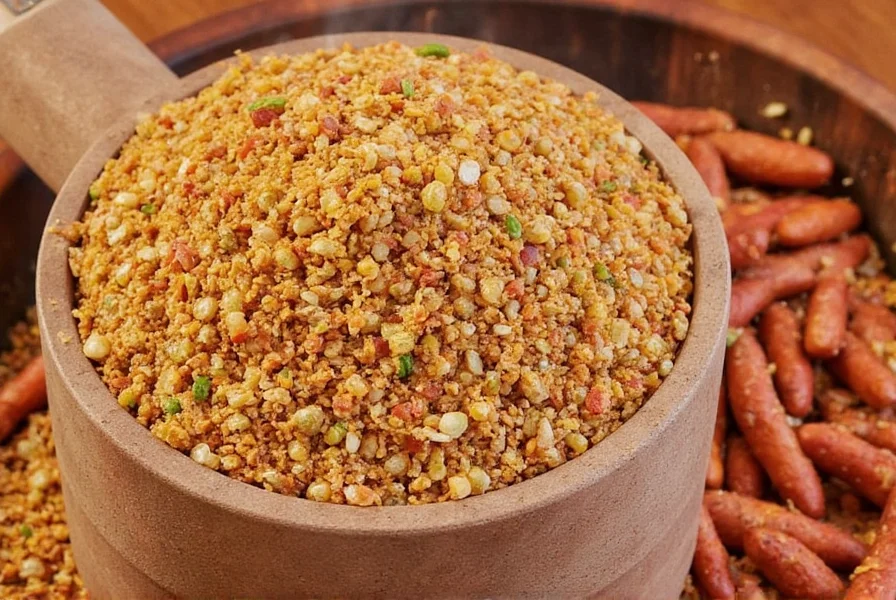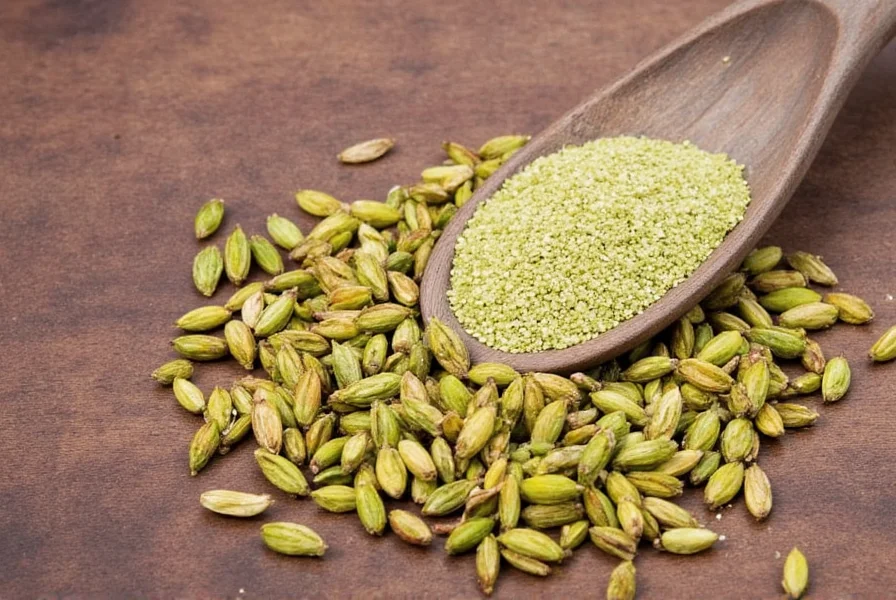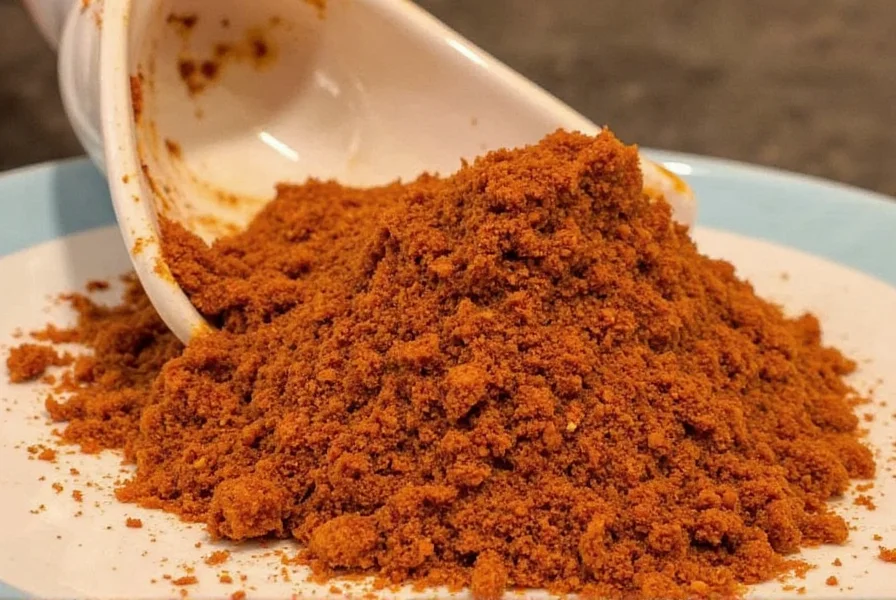What on Earth Is Ras El Hanout? A Spicy Mystery Decoded!
Ras el hanout. It sounds like something straight out of an ancient spice market or perhaps a secret spell from Aladdin’s magic lamp. But what is it really? If you've ever stared at a bottle of this mysterious powder in a gourmet store or seen it pop up on a trendy restaurant menu and wondered, "Define ras el hanout," then you’ve come to the right place.
Table of Contents
- What Exactly Is Ras El Hanout?
- The Many Faces of Ras El Hanout
- A Taste of Tradition: The Origins of Ras El Hanout
- How to Use Ras El Hanout Like a Pro
- Buying Guide: Finding Your Perfect Ras El Hanout
- DIY: Making Your Own Ras El Hanout Blend
- Ras El Hanout vs. Other Popular Spice Blends
- Final Thoughts: Why You Need This Spice in Your Pantry
What Exactly Is Ras El Hanout?
The phrase "ras el hanout" comes from Arabic and literally means "top of the shop." In the context of spice merchants, it refers to the best or highest quality blend a seller has to offer. Each spice vendor or family in North Africa might have their own closely guarded recipe, making ras el hanout one of the most unique and personalized spice mixes in the world.

A Spice Symphony
Unlike simple blends such as Italian seasoning or five-spice powder, ras el hanout can contain anywhere from 10 to 30 different spices, sometimes even more! The exact composition varies depending on region, season, and tradition. However, some core ingredients are commonly found across most versions.
The Many Faces of Ras El Hanout
Let’s break down the usual suspects that give ras el hanout its signature flavor profile:
- Cumin – earthy, warm
- Coriander – citrusy, floral
- Paprika – sweet, smoky
- Cinnamon – sweet and woody
- Nutmeg – rich and nutty
- Allspice – clove-like warmth
- Ginger – spicy and fresh
- Cayenne pepper – adds heat
- Black pepper – pungent and sharp
- Fennel seeds – licorice notes
Pro Tip:
Some artisanal blends even include rare spices like grains of paradise or dried rose petals for a luxurious twist. Talk about going above and beyond!
A Taste of Tradition: The Origins of Ras El Hanout
Ras el hanout originates from North Africa, particularly Morocco, Algeria, and Tunisia. In traditional markets (known as souks), spice sellers would compete fiercely to create the finest blend, which would then be labeled as “ras el hanout.”
This blend wasn't just used for flavor—it was also believed to have medicinal properties. It was often added to stews, tagines, and meat dishes to enhance both taste and nutrition.
Regional Variations
| Country | Common Ingredients | Flavor Notes |
|---|---|---|
| Morocco | Cumin, coriander, cinnamon, turmeric | Earthy with a touch of sweetness |
| Tunisia | More chili-forward, includes caraway | Spicier, aromatic |
| Algeria | Heavier on cardamom and clove | Warm and slightly floral |
How to Use Ras El Hanout Like a Pro
Now that we’ve covered how to define ras el hanout let’s talk about how to actually use it in your cooking. Spoiler: it’s not just for couscous anymore.
Top 5 Ways to Use Ras El Hanout
- Meat Rub: Sprinkle over lamb, chicken, or beef before roasting or grilling.
- Stews & Tagines: Add during cooking for deep, layered flavor.
- Vegetable Seasoning: Toss with root vegetables before roasting.
- Rice Dishes: Stir into rice or couscous for a fragrant side.
- Marinades: Mix with olive oil and garlic for a bold marinade base.
Buying Guide: Finding Your Perfect Ras El Hanout
If you’re new to this spice, choosing the right blend can feel overwhelming. Here’s a quick guide to help you navigate the aisles and find a product that suits your needs.
Things to Look For
- Ingredient List: Check for natural, whole spices—no preservatives or fillers.
- Brand Reputation: Go for brands known for quality spices like Penzey’s, Simply Organic, or Spice Garden.
- Region-Specific: Some brands offer Moroccan or Tunisian-style blends; pick based on desired heat and flavor profile.
Top Recommended Products
| Product Name | Key Features | Best For | Price Range |
|---|---|---|---|
| Penzey’s Moroccan Ras El Hanout | Bold flavor, no salt, hand-blended | Grilled meats, tagines | $8–$12/oz |
| Simply Organic Ras El Hanout | Organic certified, balanced flavor | Vegan dishes, lentils | $6–$10/oz |
| Spice Garden Traditional Blend | Highly aromatic, moderately spicy | Couscous, roasted veggies | $5–$9/oz |

DIY: Making Your Own Ras El Hanout Blend
Feeling adventurous? Creating your own ras el hanout gives you full control over the flavors and heat level. Here’s a beginner-friendly recipe to get you started:
Homemade Ras El Hanout Recipe
- 1 tbsp ground cumin
- 1 tbsp ground coriander
- 1 tsp smoked paprika
- ½ tsp cinnamon
- ½ tsp ginger
- ¼ tsp nutmeg
- ¼ tsp allspice
- ¼ tsp black pepper
- ⅛ tsp cayenne pepper (adjust to taste)
Mix all ingredients thoroughly and store in an airtight container away from light and moisture. Use within 6 months for optimal freshness.
Ras El Hanout vs. Other Popular Spice Blends
To better understand where ras el hanout stands among other global spice blends, here’s a handy comparison chart:
| Spice Blend | Main Ingredients | Flavor Profile | Best Used With |
|---|---|---|---|
| Ras El Hanout | Cumin, coriander, cinnamon, paprika, chili | Earthy, sweet, spicy, complex | Lamb, vegetables, stews |
| Garam Masala | Cardamom, cloves, cinnamon, peppercorns | Warming, aromatic | Indian curries, lentils |
| Dubliner BBQ Rub | Paprika, brown sugar, mustard, chili | Sweet, smoky, tangy | Grilled meats |
| Herbes de Provence | Thyme, lavender, oregano, marjoram | Herbaceous, floral | Roasted poultry, potatoes |
Final Thoughts: Why You Need This Spice in Your Pantry
From its regal name (“top of the shop”) to its intricate layering of flavors, ras el hanout is more than just a spice mix—it’s a passport to North African cuisine. Whether you buy it or make it yourself, incorporating this versatile blend into your meals will elevate your cooking from ordinary to extraordinary.
So next time someone asks, “Define ras el hanout,” you’ll not only know the answer—you’ll be ready to impress them with your culinary skills too!











 浙公网安备
33010002000092号
浙公网安备
33010002000092号 浙B2-20120091-4
浙B2-20120091-4